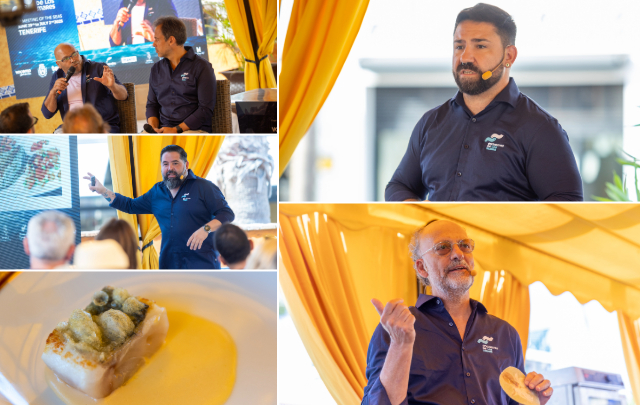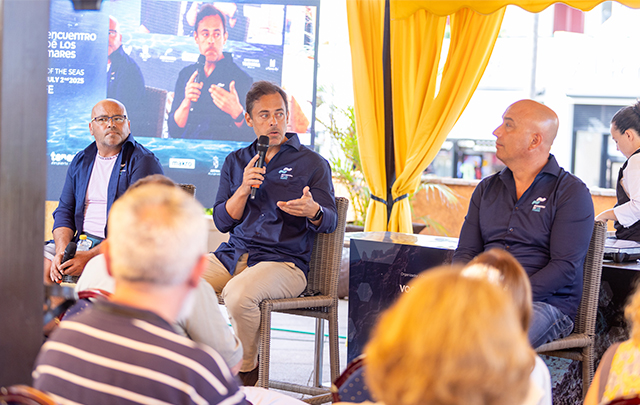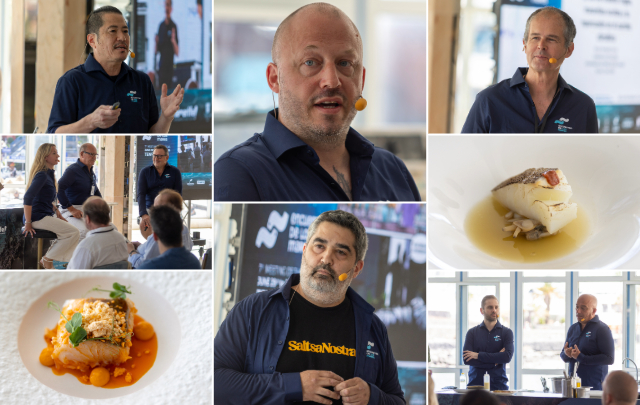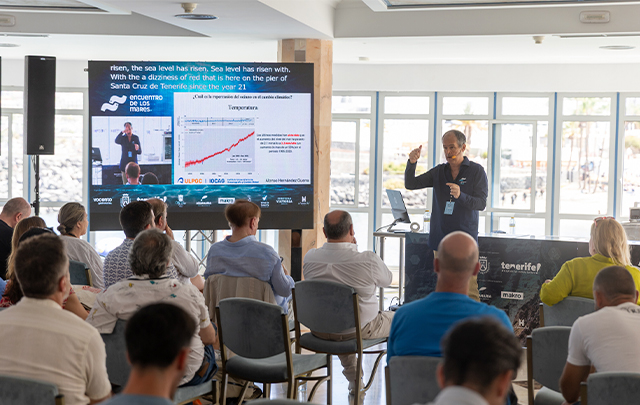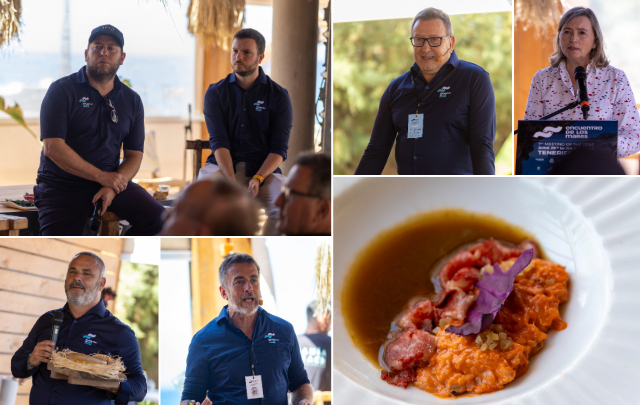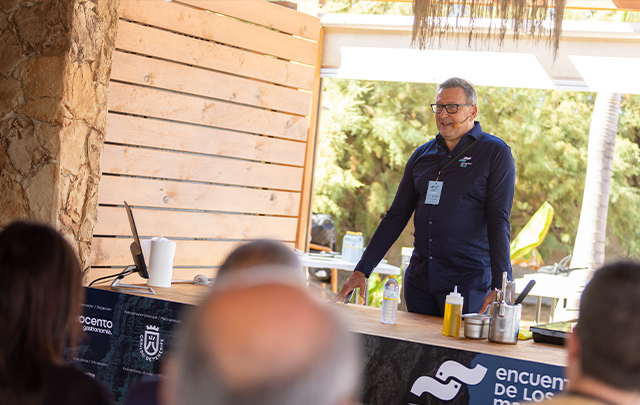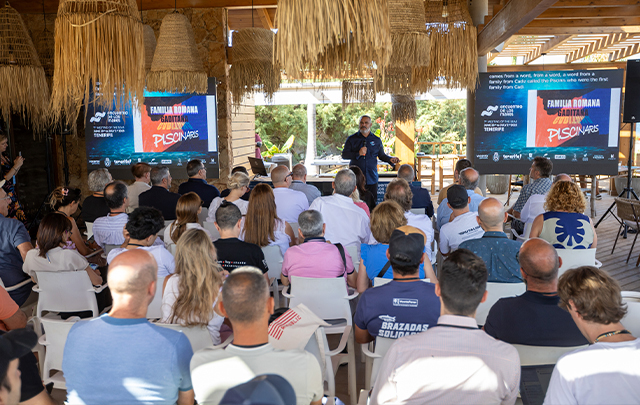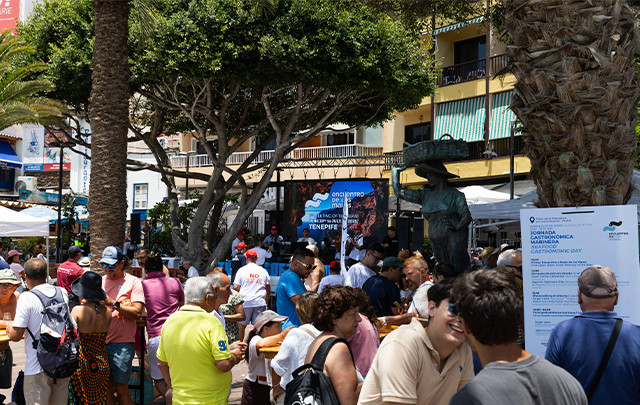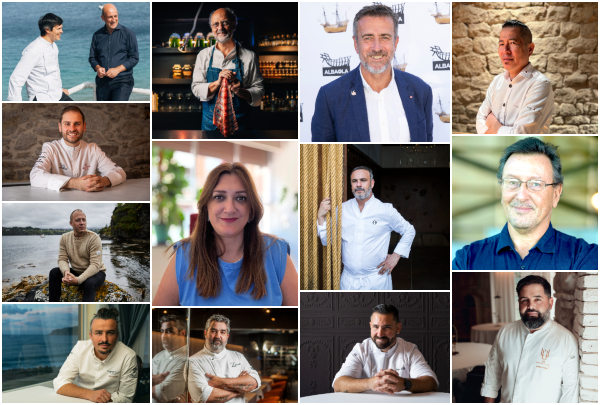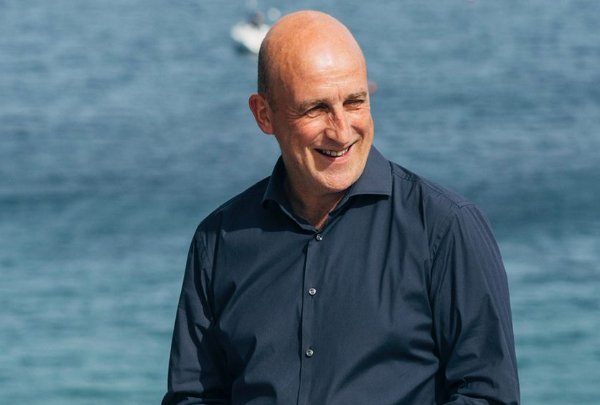News
The chef who turns the soul of fish into art
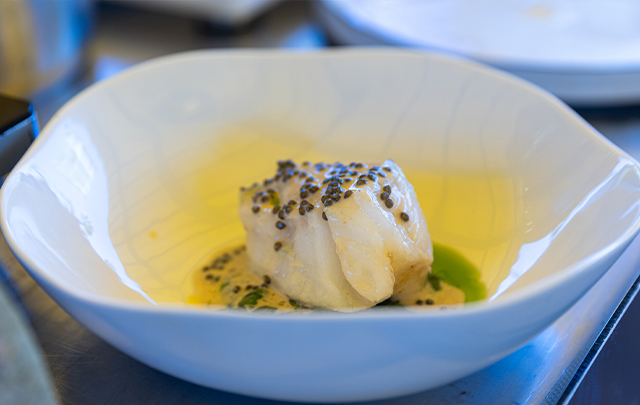
Moreno Cedroni is presenting 'Le Spine' in Tenerife: a delicious menu that takes fish bones as its starting point and central theme.
He has run Madonnina del Pescatore, a two Michelin star restaurant located in the Italian city of Senigallia, since 1984. He has also launched several other projects, including the Anikò fish delicatessen and the Tunnel laboratory, which is dedicated to applying technology to cooking. He is undoubtedly one of Italy's most creative chefs and has brought some of the surprising dishes he serves to his diners to Encuentros del Mar, based on preparations using fish bones.
Moreno began by explaining that fish bones are composed of 20–30% collagen and other proteins, and 50–60% calcium. In fact, some fish bones contain more calcium than milk. Their composition is similar to that of our bones, and they are easily assimilated by our bodies”. In the kitchen, the chef emphasised that they are 'an essential element for flavour, texture and taste memory because they are the soul of the fish — what remains even after its transformation — as well as a symbol of respect for the sea and sustainability in the kitchen because using them promotes zero waste'.
This is why he uses every part of the fish in his dishes, celebrating the raw material. He uses the bones for infusions, crispy wafers, sauces, ganaches and pasta. He explained that he uses a Korean Ocoo to prepare them because it cooks at a high temperature and low pressure, which allows the collagen to gelatinise and lose its fibrous structure. This also creates microfractures in the calcium, making it more fragile and easier to work with. Above all, this type of cooking softens the bones evenly, enabling them to be worked without water and concentrating the flavours.
With bones, from appetiser to dessert
To prove this, he showed an illustrative video of his work in the kitchen and brought five dishes from the La Spina menu to the conference. He started with a rice flour and mackerel powder cracker as a welcome appetiser. Next came a dish inspired by the landscapes of Tierra del Fuego. It was based on oceanic moro, a fish similar to black hake with one of the fattest bones in existence, and was served with a sauce made from its bones, soy and ginger. He added caviar to give the dish a touch of colour and flavour.
Next came a pigeon dish, 'very typical of our region', which was matured in beeswax, fried, and served with a seaweed and salted anchovy pesto, sprinkled with freeze-dried turbot bone powder. Finally, as a transition between savoury and sweet, he presented tagliatelle made with amberjack bones and flour, bathed in an acidulated broth and topped with a chocolate ganache and bone-shaped bone powder. The chef invited us to taste this dish with our fingers.

